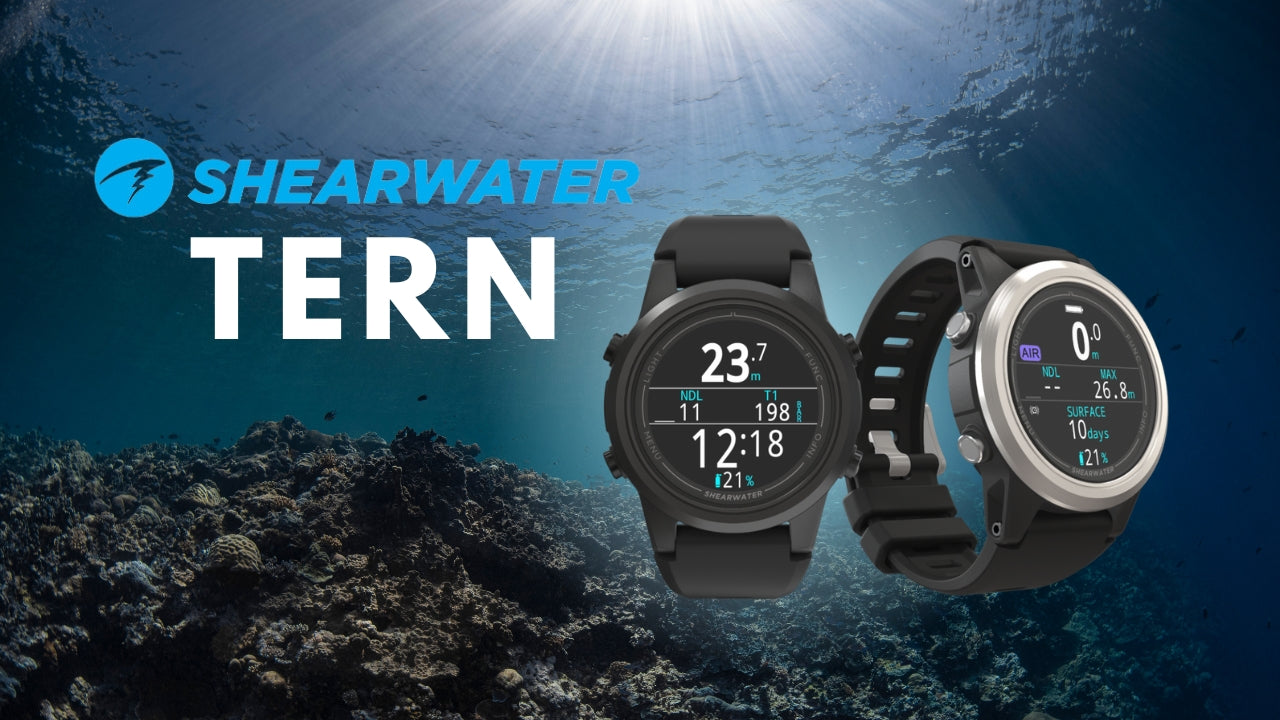You Have to Have the Proper Gear for the Dive
The title says it all.
So many times I see Divers not properly equipped for what they are about to venture into, one reason, no proper training, they do not understand that they may need all this extra scuba equipment to do a certain type of dive. Take Ice diving, for instance, most people do not understand how much gear is needed to do a proper ice dive, they think it is just cut a hole in the ice and go diving. In the ice diving course, divers are shown a video of what can happen when divers decide to just do that.
Back to the original point of this post though, every dive situation is going to call for a different amount of gear or different types of gear needed.
I recall a few dives I did about three years ago, one of the local boat clubs had put in some floating docks, the only problem is the chains used to keep the docks in place were 20 feet underwater and tangled. A few members of the club tried to go down and untangle the chains but could not. They called around until I and some friends accepted the job. In looking at what we would be doing and where we would be diving we decided on what gear we would need and if we needed more we would stop and then come back the next day.
The first piece of gear needed was a drysuit, it was early may and water temperatures were still in the mid-'50s. We knew that wetsuits would not keep us warm enough for the long durations that we would be spending in the water.
The second Item was lines and harnesses, we would be working in the niagara river and due to the strong current, we decided a tender would be used to help keep us in one place at all times.
The third was a lift bag, instead of lifting these heavy chains by our strength we would just use a lift bag to send them to the surface where they could be moved to the proper position.
Now before we went in for the second day of diving someone else had been hired to do some work as well, and he didnt bring any of the extra gear that we had, later that day after we had accomplished more in an hour than he did in several we were offered the job until it was completed.
Now for every dive, there are going to be different things needed, in that case, it is gear that is not normally used but let's look at another type of diving out there, technical diving. Most technical diving equipment is sport diving equipment but modified. Technical divers just carry a lot more of it. Technical divers or extended range divers usually are equipped with a set of double tanks that are worn on the divers back, each tank has a regulator coming from it. Then they are equipped with a smaller tank containing their deco gas, this tank also has a regulator attached to it. Technical divers do not use a traditional buoyancy compensator to do this type of diving, they instead use a backplate and wing.
This is only part of their configuration, many use a canister light, much more powerful than a standard light and this is attached to a battery pack, and just in case something happens they carry a spare light as well. Traditional fin straps are removed and replaced with a pair of spring straps. Backup masks may be carried in drysuit pockets. If using a dive computer a spare is carried to ensure if one fails they are backed up.
Also in the extended range department is cave diving, cave divers use a very similar equipment configuration as technical divers but also add many line reels, arrow markers and much more equipment to successfully complete the dive.
Now, these are just a few types of diving that require different types of gear configuration and to successfully complete the dives you have to have the equipment needed for the dive.
Till next Time
Alex



![9 Best Dive Computers in 2024 [Reviewed & Updated] - DIPNDIVE](http://dipndive.com/cdn/shop/articles/best_computers2.jpg?v=1658752532)
